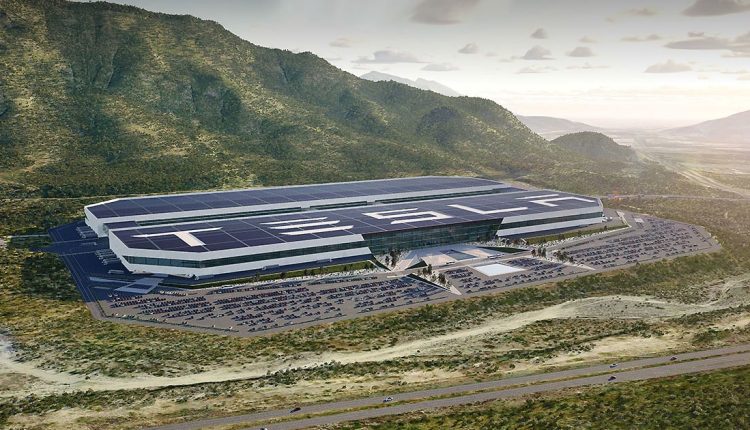Tesla Inc. didn’t put on a splashy product show at its highly anticipated Investor Day earlier this month.
There were no fresh details about its upcoming Cybertruck, no news on updates to the Model 3 sedan or Model Y crossover and no sneak peek at a coming mainstream model that’s expected to kick off a massive growth cycle.
Instead, CEO Elon Musk said there are more pressing challenges for the EV maker’s long-term growth — namely, reinventing the manufacturing process to make affordable Teslas financially possible.
Tesla is developing a plan to cut its manufacturing cost in half.
“The desire for people to own a Tesla is extremely high,” Musk said at the event, held at the company’s factory in Austin, Texas. “The limiting factor is their ability to pay for a Tesla.”
As part of the automaker’s “master plan” for Earth’s transition to sustainable energy, Musk and top executives presented a blueprint for Tesla’s future as a global manufacturing powerhouse, starting with a new factory in northern Mexico.
The ultimate goal is for global sales of 20 million vehicles a year in a decade’s time, a stratospheric number compared with Tesla’s 2022 deliveries of 1.3 million luxury cars and crossovers, with an average selling price of around $65,000.
Financial analysts are expecting an affordable Tesla, which has been informally called the Model 2, to have a starting sticker price of $25,000 to $30,000 and compete with popular gasoline cars like the Toyota Corolla.
Musk said this week that the new model will operate mostly as an autonomous vehicle, but he didn’t explain when that might happen. No Tesla vehicle is currently capable of autonomous driving.
Analysts are not only skeptical about Tesla’s ability to produce self-driving cars anytime soon, they also question the automaker’s optimistic sales goal and its ability to maintain high margins as it scales to a much larger player in the industry.
Bernstein analysts said in a research note after Investor Day that Tesla’s deep January price cuts suggest it’s already facing pressure from the competition.
“Tesla is unlikely to ramp up new models fast enough to meet volume expectations of 2.4 million in 2024, especially since the next-gen platform appears to still be in the design phase,” Bernstein wrote. “Moreover, we believe that price cuts underscore the highly competitive nature of the auto market, where sustained high margins and high volume is unprecedented.”
Tesla executives, on the other hand, say they have a detailed plan to transition to a high-volume, low-cost manufacturer.
“If we are going to scale the way we want to do, we have to rethink manufacturing again,” said Lars Moravy, Tesla’s vice president of vehicle engineering. “As part of the master plan, we have to make a step change in cost.”


